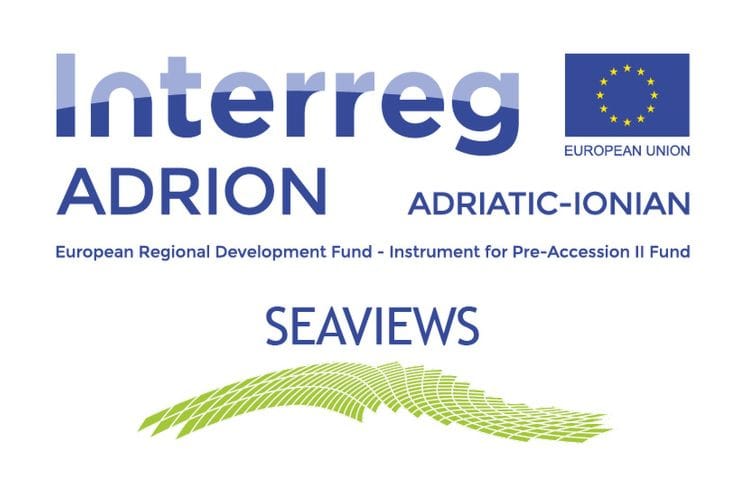- Government of Montenegro
Ministry of Maritime Affairs Ministry of Transport and Maritime Affairs partner...
Ministry of Transport and Maritime Affairs partner on the Project SEAVEWS

Project
“SEctor Adaptive Virtual Early Warning System for Marine Pollution” (Project
SEAVIEWS) aims at promoting and enhancing the capacity of transnational
collaborations tackling environmental vulnerability, fragmentation and the
safeguarding of ecosystem services in the wider Adriatic area, by bringing
together stakeholders from 6 partner states (Greece, Albania, Croatia,
Montenegro, Italy and Slovenia). Project SEAVIEWS will develop a transnational
repository network that will receive, store and analyse data about the sea
water quality in the region using a network of smart sensors allocated in
critical points, and support the establishment of digital labs to be used as
channels for information, data analysis and research results to be circulated
to the general public.
In
addition, SEAVIEWS will target to strengthen the regional marine environmental
protection by implementing tools such as the use of big data for enhancing the
marine environmental protection via the amendment of national and regional
strategies.
Project
Partners:
•
National Technical University of Athens (NTUA) – LP (Greece)
•
National Interuniversity Consortium for Marine Sciences (CoNISMa) (Italy)
•
University of Zagreb, Faculty of Mechanical Engineering and Naval Architecture
(Croatia)
•
Ministry of Transport and Maritime Affairs (MoTMA) (Montenegro)
•
E-institute EZVD (Slovenia)
•
University of Tirana (Albania)
•
Chambers Group for the Development of Greek Isles (Greece)
Associated
Partners: Ruđer Bošković Institute, Greek Marinas Association, Hellenic Marine
Environment Protection Association, Institute of Energy for SE Europe, Maritime
Faculty Kotor University οf Montenegro and Montenegro Business Alliance (MBA)
The
SEAVIEWS Project is co-funded by European Union, ERDF and IPA II and by National
Funds of Participating Countries.
